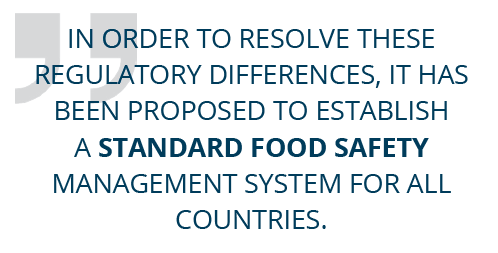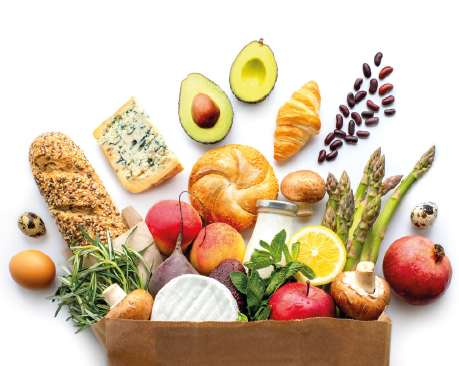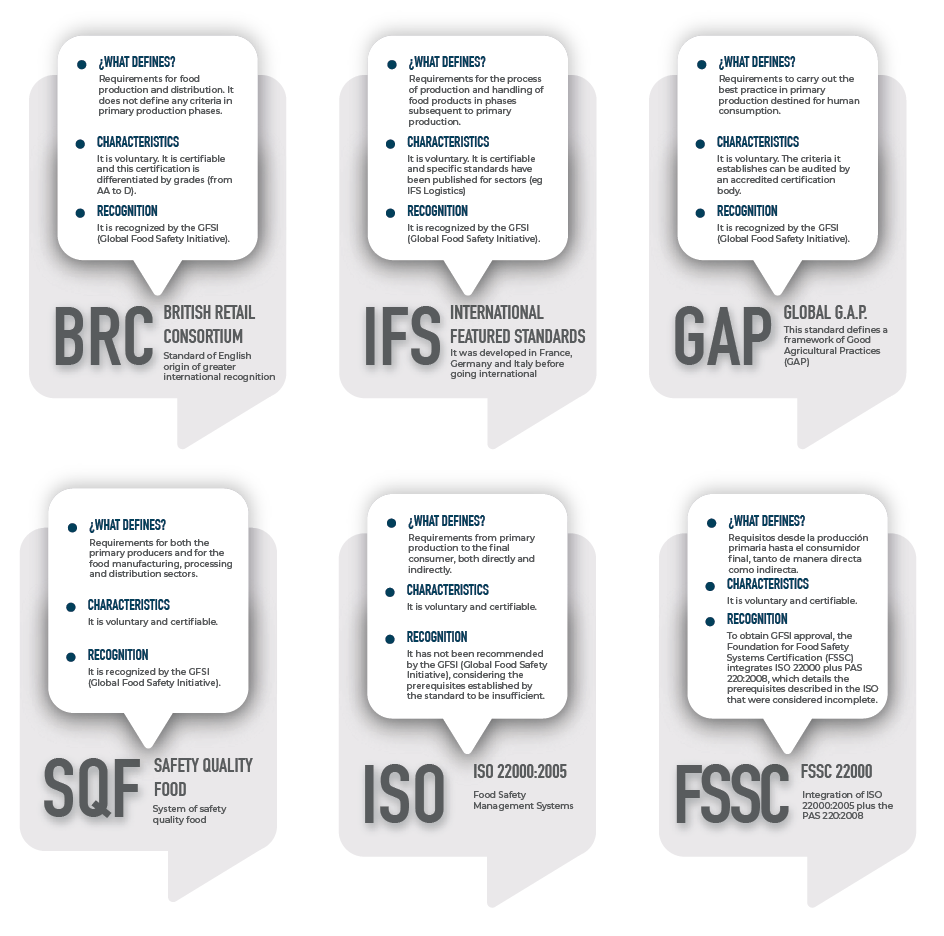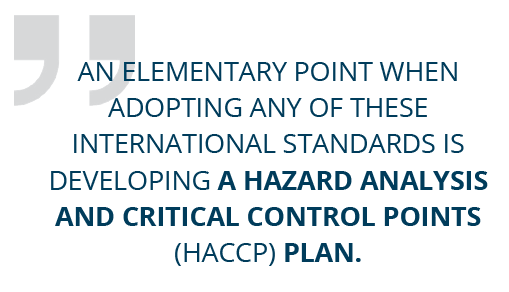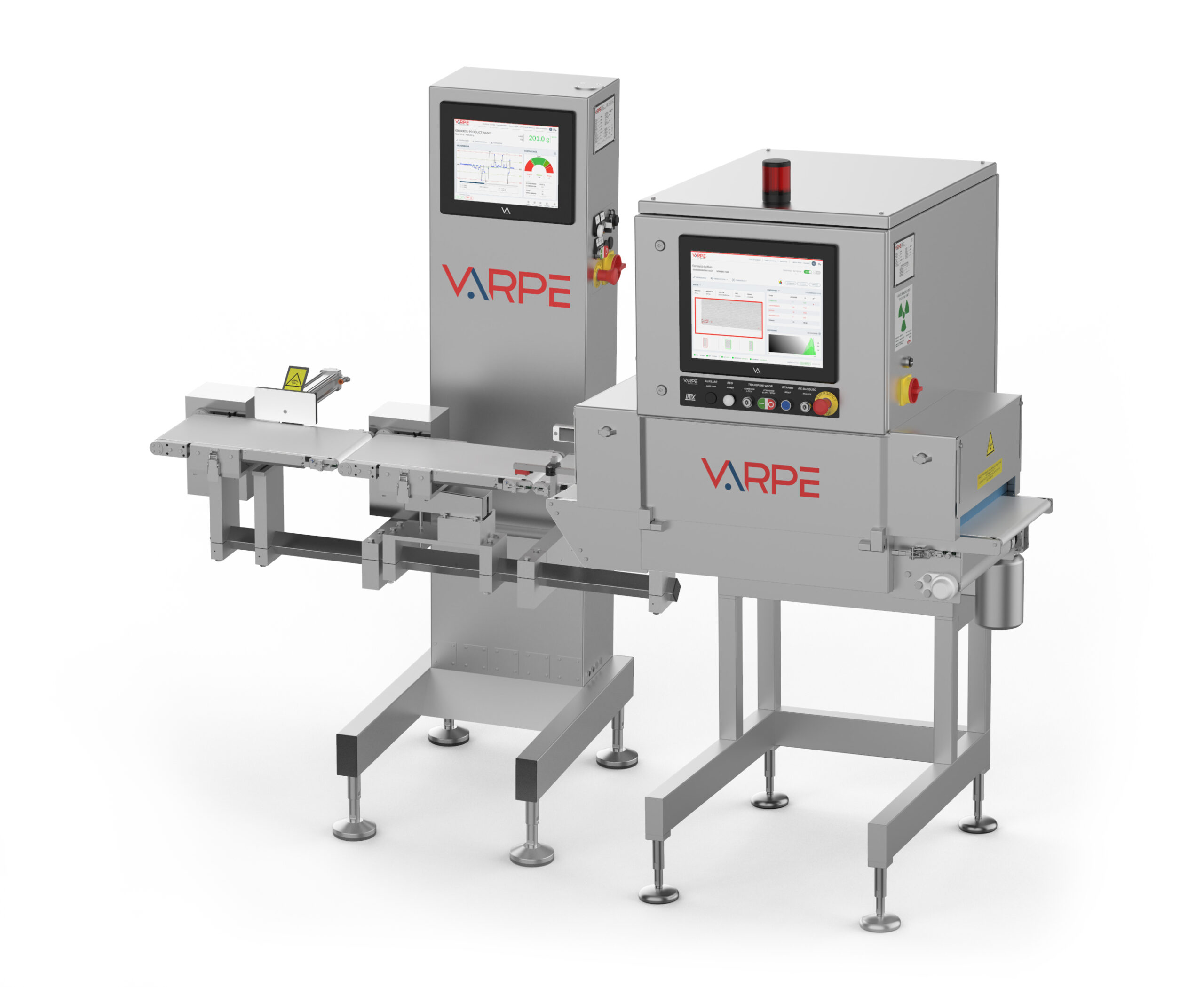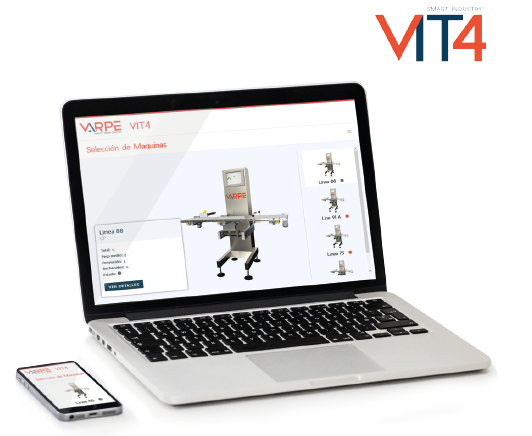Health, and therefore food safety, is one of the issues of greatest concern to governments worldwide. For this reason, each country has its own regulations to guarantee certain levels of food safety for consumers. However, these regulations vary from state to state, and some are more permissive than others. This leads to problems in the age of globalisation, as products produced in one country may end up being marketed in a very different country.
As a result of this, different international bodies have emerged with the same objective: to set standards with minimum requirements that food companies must meet to guarantee food safety throughout the production chain until it reaches the end consumer, regardless of the country.
As a result of this, different international bodies have emerged with the same objective: to set standards with minimum requirements that food companies must meet to guarantee food safety throughout the production chain until it reaches the end consumer, regardless of the country.
